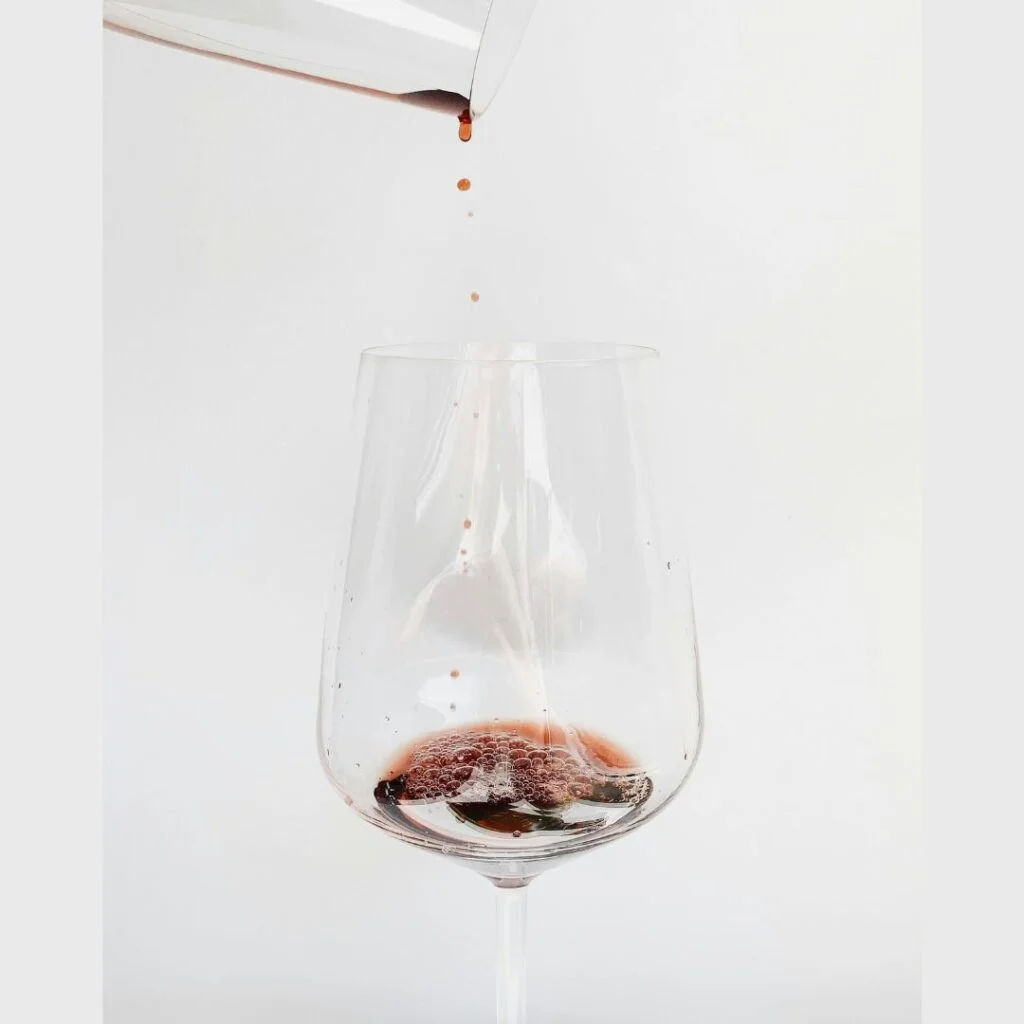

Matt Manning, owner of the award-winning Culture Wine Bar, as well as Culture at TimeOut Market Cape Town, says one of the biggest shifts we’re bound to see in the wine industry, is that wine consumers are increasingly prioritising both quality and value. In fact, he says that ostentatious displays of wealth and prestige are becoming scorned. “No doubt driven by a growing sense of community and kinship with those who are suffering the world over,” he adds. “As a result, there’s increased demand for quality wines by smaller producers – but at great value.” Also – according to him – when it comes to bubblies, people are learning what constitutes real quality. Interestingly, they are moving away from commercial producers, favouring grower Champagnes and South Africa’s own fantastic MCCs.
Furthermore, as we transition from summer to winter, it’s worth noting that even during the warmer days, red wine still gets the green light. Traditionally seen as a beverage for cooler weather and one to enjoy with heavier foods, refreshing, light red styles are becoming more and more popular. In fact, Manning says that internationally, the popularity of varietals like Gamay Noir and Grenache has grown. This is “thanks to the rise of territories such as Beaujolais and the Rhône Valley in France, while Red Burgundy (Pinot Noir) remains perpetually in demand. Locally, we’ve seen a simultaneous rise in the demand for lighter red styles such as Cinsault and South Africa’s own Pinotage, a crossing of Cinsault and Pinot Noir grapes. These styles are best served chilled and are really refreshing in the warmer months.”

In addition to it being red wine’s time to shine, Manning says that with South African winemakers having more opportunities to travel, they are exposed to different winemaking techniques globally. “They’re bolder, braver and open to experimenting with different styles and varietals,” he says. “Thanks to this ‘new generation’ winemaker, we’re seeing some really interesting grape crossbreeds and non-traditional matches, such as Chardonnay grapes added to Beaujolais (traditionally purely Gamay Noir).”
At the same time, consumers are also much more travelled than before. The luxury travel company, Virtuoso, recently found that there was a 70% increase in people booking food and wine-focused trips. Hence, it’s inevitable that they would want to experience the same wines they’ve had on their travels, at home. Therefore, consumers should expect a greater focus on international wines on many restaurants’ wine lists, with more choice across the board. It’s not a matter of eschewing local wines in favour of international wines, though. South Africans are loyal to local producers. “We know how good we have it here!” Manning says. “It’s not either-or; it’s a case of giving South Africans more access and choice, so that they can put one of South Africa’s best wines on a table alongside a comparable French vintage, providing them with the opportunity to see just how well South African wines stack up against the world’s best.”
For more food and drink content, click here.
Subscribe to our weekly newsletter here.
Check out our digital magazine here.
Stay up-to-date on the hottest, hippest and most happening things to do in Mzansi!
